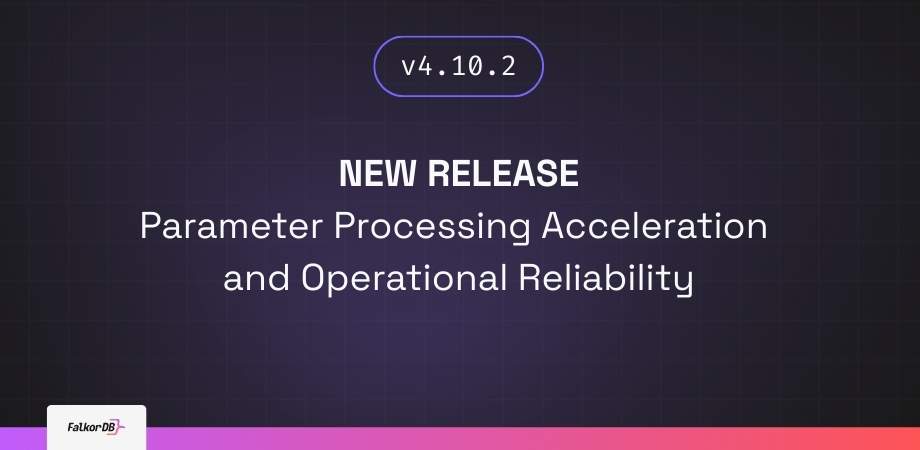FalkorDB v4.10.2 Released

This maintenance and enhancement release delivers significant performance improvements for parameter-heavy operations and strengthens operational reliability across cloud deployments.
FalkorDB Named HackerNoon “Startup of the Year 2024”

Developers voted FalkorDB HackerNoon Startup of the Year 2024 for Tel Aviv after shipping sparse-matrix storage, AVX-accelerated queries, and multi-tenant clustering with sub-10 ms tail latency.
How to Deploy and Use a Graph Database
Learn what a graph database is and how to deploy FalkorDB graph databases on AWS/GCP, run Cypher queries, and benefit from the power of interconnected data.
NoSQL Database: Modern Architecture for Scalable Apps

NoSQL database architectures overcome relational limitations with schema flexibility and distributed processing. Learn how graph, document, key-value, and columnar NoSQL models power AI and real-time analytics.
Prepare for RedisGraph EOL: A Practical Guide to Transition to FalkorDB

Explore RedisGraph EOL in this dev guide with practical migration steps and technical validation tips for switching to FalkorDB.
Vector Database vs Graph Database: Key Technical Differences

Unstructured data is all the data that isn’t organized in a predefined format but is stored in its native form. Due to this lack of organization, it becomes more challenging to sort, extract, and analyze. More than 80% of all enterprise data is unstructured, and this number is growing. This type of data comes from […]
Efficient State Machine Modeling Using FalkorDB

The latest release of FalkorDB V4.0.5 includes a new ability to easily clone graphs. In this blog post we’ll be developing a state machine framework where a machine is represented by a graph. Whenever a FSM (finite state machine) is executed a copy of the initial graph is created and the execution is bound to that […]